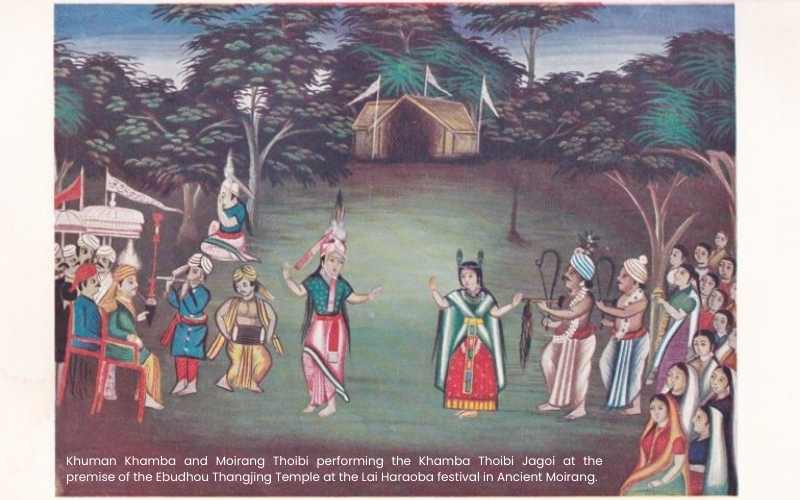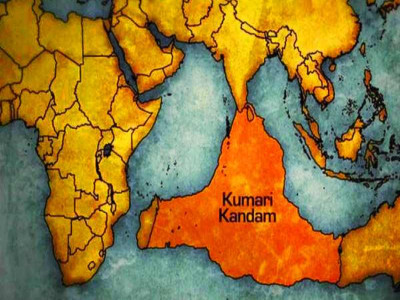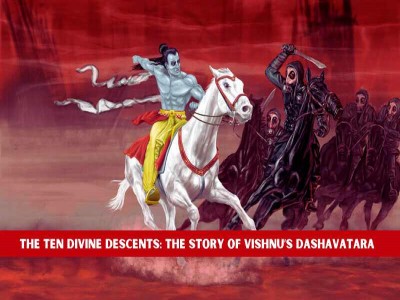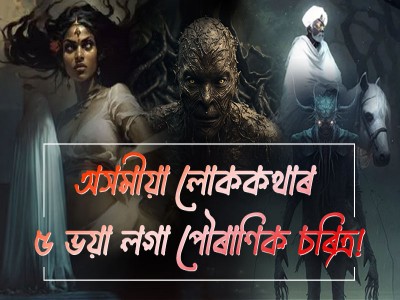
Thangjing: The Serpent Deity of Manipur
In the lush hills and valleys of Manipur, amidst its rich cultural tapestry, lies a mythological figure revered for centuries — Thangjing, the serpent deity. Embedded deeply in the folklore and religious beliefs of the Manipuri people, Thangjing embodies protection, guardianship, and divine presence over the land.
Origins and Mythological Significance
Thangjing's origins trace back to ancient times when Manipur, nestled in the northeastern part of India, was inhabited by various indigenous communities. The serpent deity is often depicted as a powerful guardian, associated with safeguarding the land, its people, and its prosperity. Legends narrate how Thangjing emerged from the depths of the earth, endowed with supernatural abilities to protect Manipur from malevolent forces and natural calamities.
According to local folklore, Thangjing is believed to reside in specific natural formations such as caves, rivers, or sacred groves, where devotees offer prayers and rituals seeking blessings for safety and prosperity. The deity's presence is deeply intertwined with the daily lives of Manipuri communities, influencing rituals, festivals, and traditional practices.
Cultural Reverence and Rituals
Thangjing's reverence transcends mere mythology; it is a living cultural phenomenon in Manipur. Rituals dedicated to Thangjing often include offerings of fruits, flowers, and symbolic items believed to appease and honor the deity. These rituals, performed by priests or community leaders, are accompanied by traditional chants and prayers invoking Thangjing's protection and benevolence.
During festivals such as Lai Haraoba, a celebration of Meitei deities and traditions, Thangjing holds a central role. Elaborate ceremonies and performances depict mythical narratives involving Thangjing, reinforcing its role as a guardian and benefactor within Manipuri cosmology.
Iconography and Representation
In visual representations, Thangjing is depicted as a majestic serpent with divine attributes, sometimes adorned with jewels or symbols of power. Art forms such as paintings, sculptures, and traditional dance dramas like Thang-Ta (a martial art form) often feature Thangjing, embodying its mythological significance and cultural importance.
The serpent deity's symbolism extends beyond protection; it embodies resilience, harmony with nature, and the interconnectedness of spiritual and earthly realms in Manipuri worldview. Its presence in everyday life serves as a reminder of the region's ancient beliefs and the enduring spiritual bond between the Manipuri people and their natural surroundings.
Contemporary Significance
In modern Manipur, Thangjing continues to inspire cultural expressions and community identity. Efforts to preserve and promote its mythology through education, art, and cultural initiatives highlight its enduring relevance in a rapidly changing world. Local artists, scholars, and cultural activists endeavor to safeguard Thangjing's legacy, ensuring future generations inherit and cherish this integral aspect of Manipuri heritage.
Thangjing, the mythical serpent deity of Manipur, stands as a testament to the enduring power of folklore and spirituality in shaping cultural identity. Its role as a guardian and protector resonates deeply within Manipuri communities, fostering a sense of continuity and belonging amidst the complexities of modernity. As Manipur embraces its cultural heritage, Thangjing remains a steadfast symbol of reverence, unity, and resilience, embodying the timeless bond between myth and reality in the heart of India's northeast.
Disclaimer: The opinions expressed in this article are those of the author's. They do not purport to reflect the opinions or views of The Critical Script or its editor.

Newsletter!!!
Subscribe to our weekly Newsletter and stay tuned.

















Related Comments